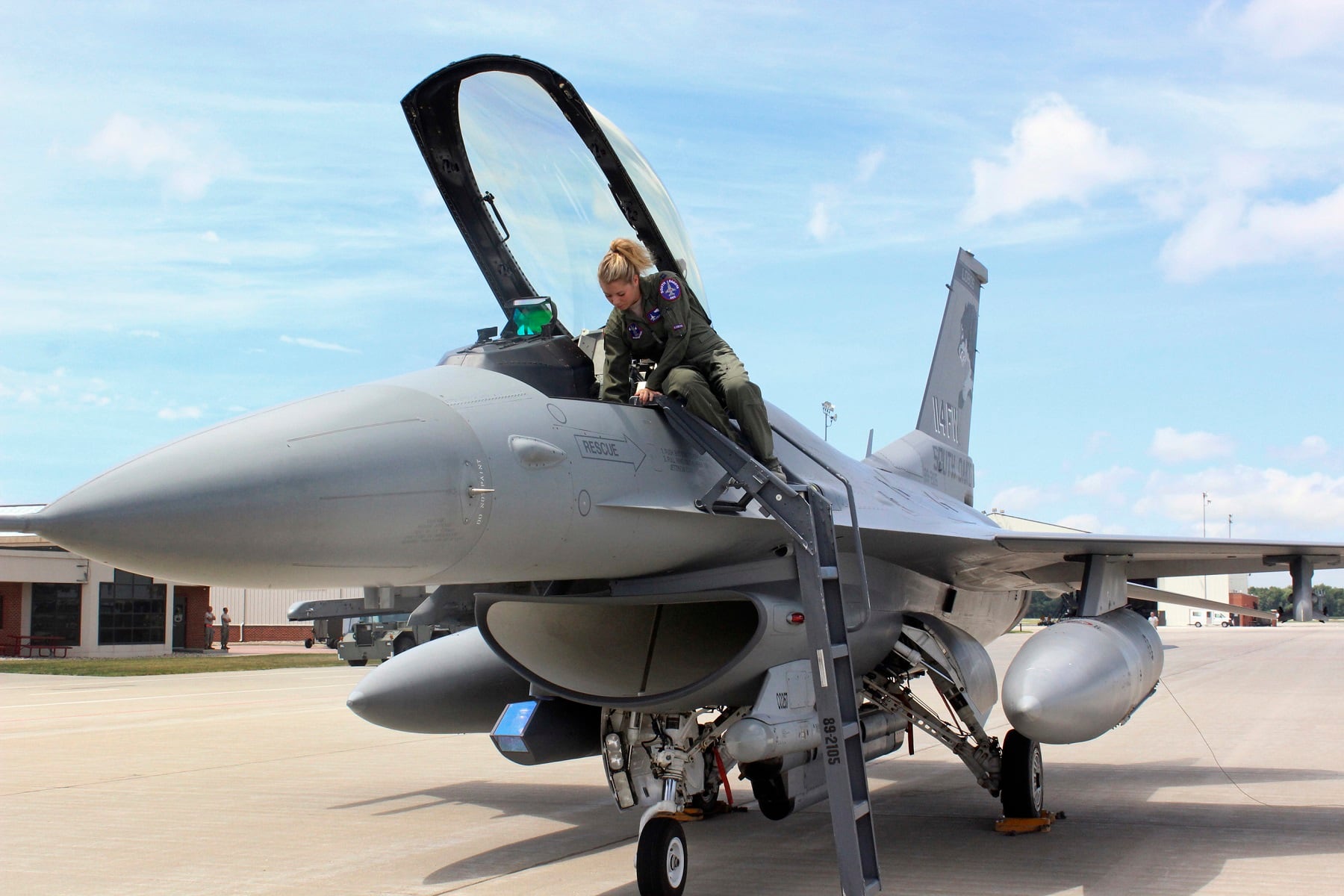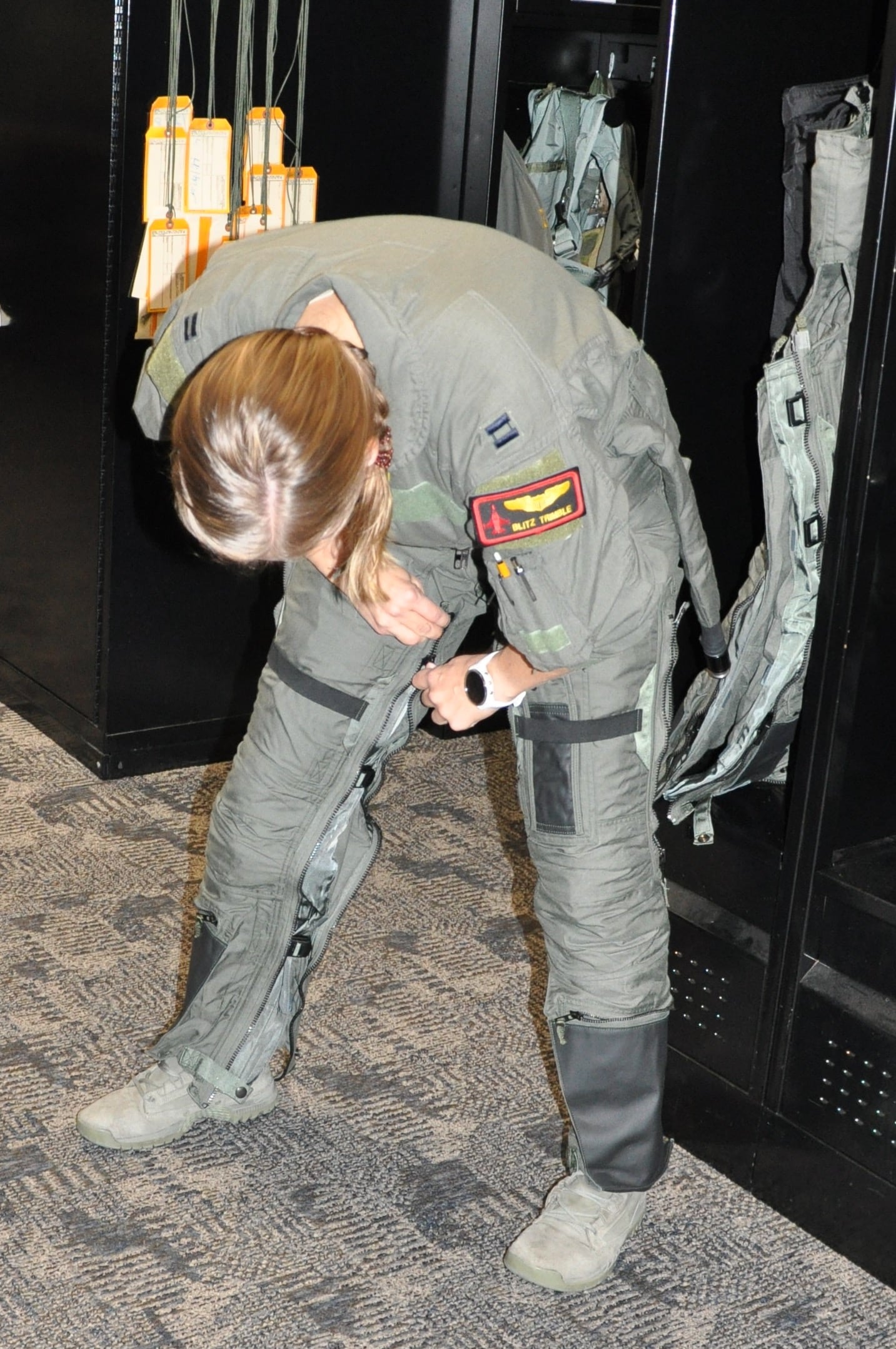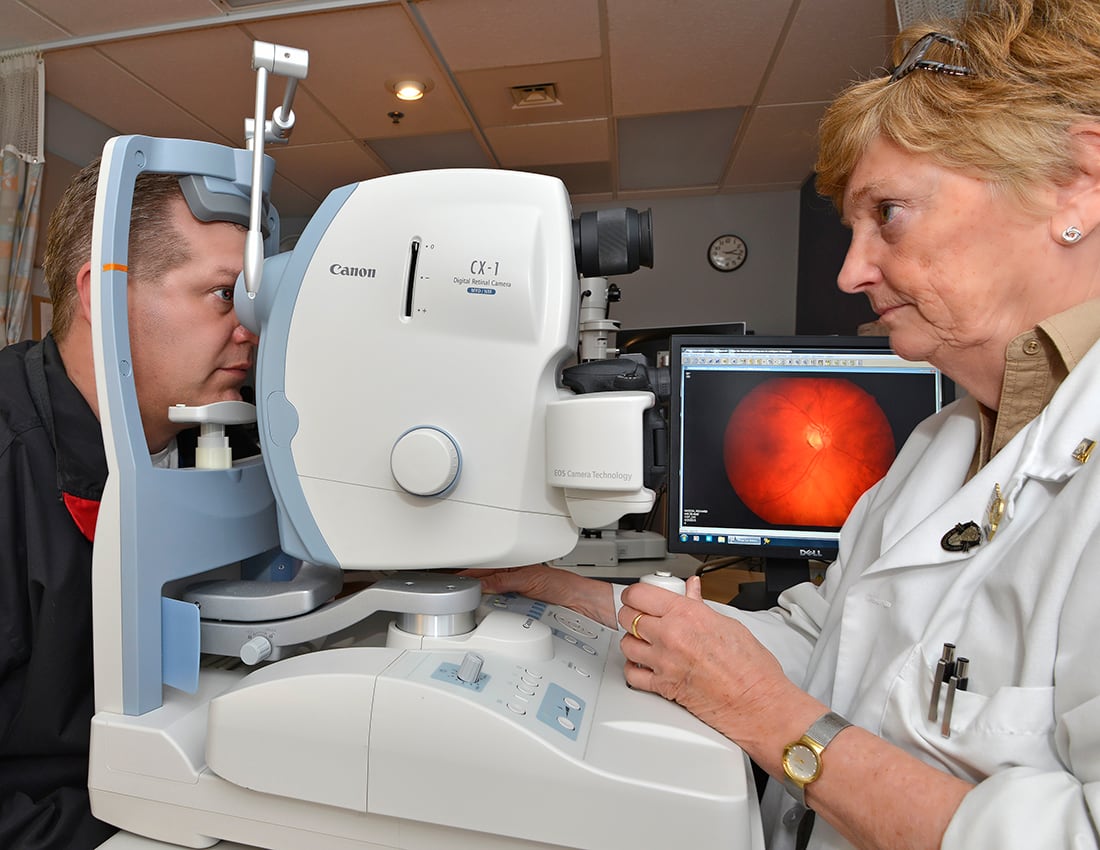Women who fly fighter jets or other high-speed aircraft could have a better-fitting and safer G-force suit on the way, thanks to testing that took place last week at Eglin Air Force Base in Florida.
Five female fighter pilots, as well as a female aircrew member, tested a modified Advanced Technology Anti-Gravity Suit at Eglin from Oct. 26 to Oct. 30, the Air Force said in a Tuesday release. The suit, which has been in use since 2001, is meant to protect pilots from high G-forces and prevent them from losing consciousness during maneuvers in fighter aircraft.
But the suit was designed primarily with male bodies in mind and is not very adjustable. As a result, pilots who are shorter, or have smaller or hard-to-fit body types, have had difficulty getting it to fit well.
The test represented the latest move in the Air Force’s effort to try to improve the gear used by female pilots and other airmen as the service tries to become more equitable and improve its diversity. Most flight equipment in the Air Force was designed based on body measurements and proportions taken in the 1960s, when only male airmen could fly.
The poor-fitting equipment isn’t just uncomfortable for female pilots or air crew. It’s also dangerous and could lead to situations where pilots suffer hypoxia, lose consciousness, or suffer injuries when ejecting because it doesn’t fit right.
In 2018, former Chief of Staff Gen. Dave Goldfein launched a review of all equipment used by air crew — from boots to flight suits — to ensure that both men and women have access to equipment that adequately fits their frames.
“As more women strap into fast jets to get the mission done, I think the Air Force is heading in the right direction,” said Capt. Brittany Trimble, an F-16 instructor pilot and one of the pilots who tested the new suit, in the news release.
RELATED

The suit was modified to include wider lacing panels in the waist, thigh and calf, to allow it to be more easily adjusted for different body proportions. It also includes an option for a “darted,” or tailored, custom waist, that does not hurt the performance of the waist bladder that inflates during high-G maneuvers, the release said.

Charles Cruze, an engineer in the Air Force Lifecycle Management Center’s human systems division, said that the waist can be darted up to 3.75 inches to allow a more customized, accurate fit for individual pilots.
“In the past, some pilots with a shorter torso have had issues with ATAGS that were too large riding up and causing bruising on the rib cages, while pilots who are hard-to-fit may have had one size that fits through the legs, but need a smaller size in the waist,” Cruze said. The customizable waists will prevent both issues from becoming a problem, he said.
The 85th Test and Evaluation Squadron at Eglin flew almost 20 sorties in F-16D fighters to test the new suits, carrying out both low- and high-G basic fighter maneuvers and other activities to see how the suits responded. The Air Force said the two-seater F-16D model was used so a second pilot, wearing the regular gravity suit, was also there to take over in case a problem arose with the modified suit.
The pilots and aircrew member who tested the new suit “evaluated it based on comfort and performance when compared to the normal ATAGS typically worn,” said Sharon Rogers, the lead test engineer for the 46th Test Squadron. “Pilots were asked to evaluate based on not only the ATAGS during high-G maneuvers, but also during regular activities like sitting, standing, walking and climbing into and out of the aircraft.”
The testers reported that the new suit was significantly more comfortable and functional, the release said.
“I definitely noticed improvement with the new updates and the darted waist in particular,” Trimble said. “I honestly didn’t expect to notice much of a difference because I’d never noticed significant issues with the ATAGS sizes before, but I was pleasantly surprised that these upgrades increased the ATAGS functionality significantly under G.”
Engineers and subject matter experts from AFLCMC and the AFWERX program, under the orders of the secretary of the Air Force, began looking into how to modify flight equipment, including the anti-gravity suit, in recent years. Instead of coming up with an entirely new suit, the release said, the experts realized that existing suits could be modified to better fit women and airmen with other body types.
But it will be at least a year, or maybe two, before these modified suits are widely used across the Air Force. The 46th Test Squadron will next put together a report outlining the results of last week’s tests, the release said, and the 12- to 24-month acquisition process will proceed from there.
Stephen Losey is the air warfare reporter for Defense News. He previously covered leadership and personnel issues at Air Force Times, and the Pentagon, special operations and air warfare at Military.com. He has traveled to the Middle East to cover U.S. Air Force operations.




